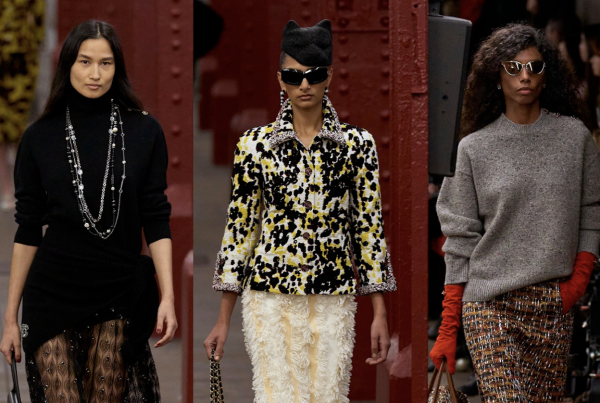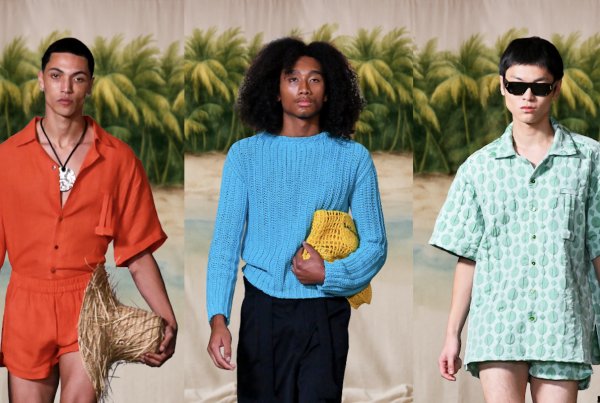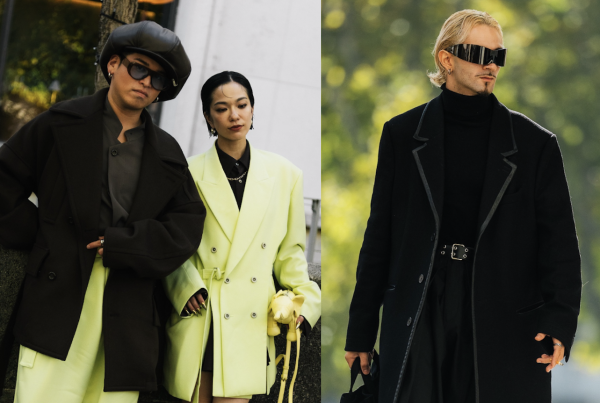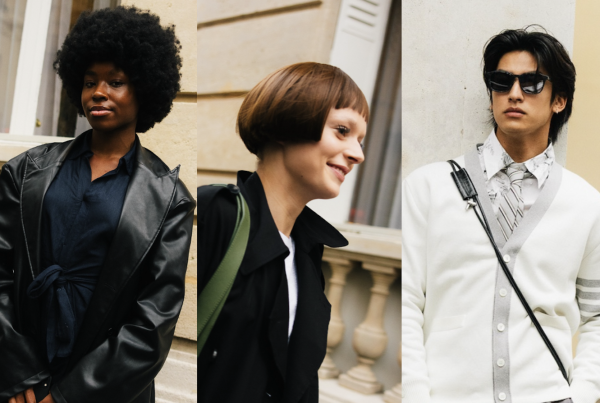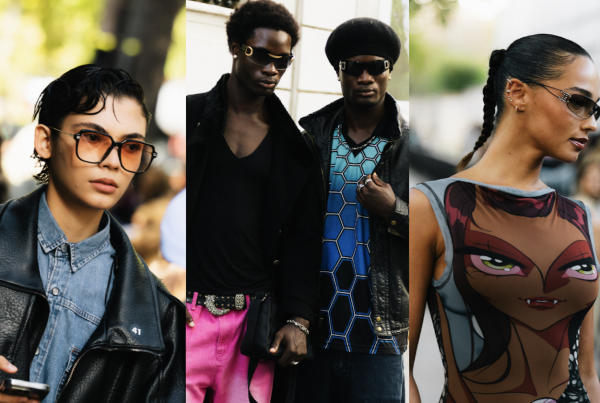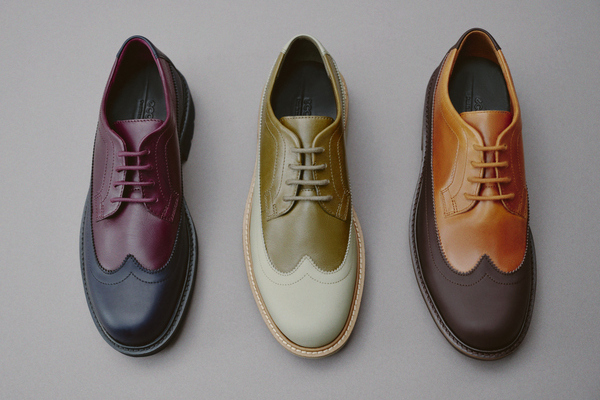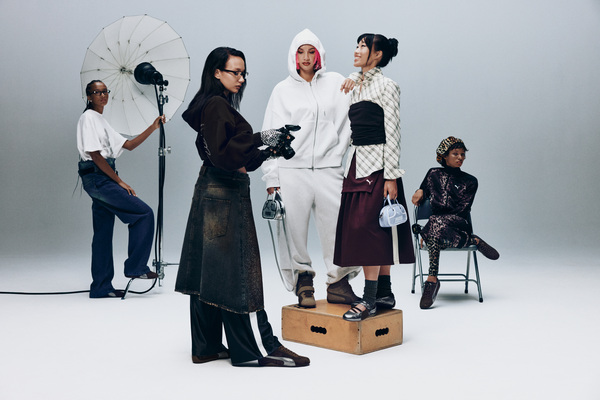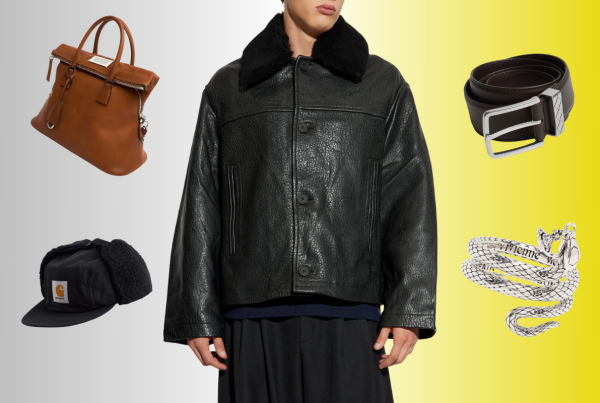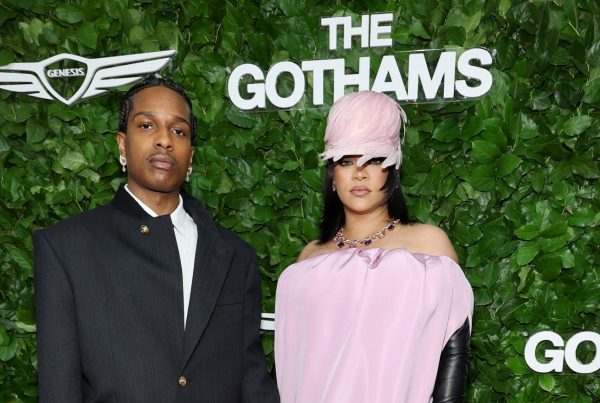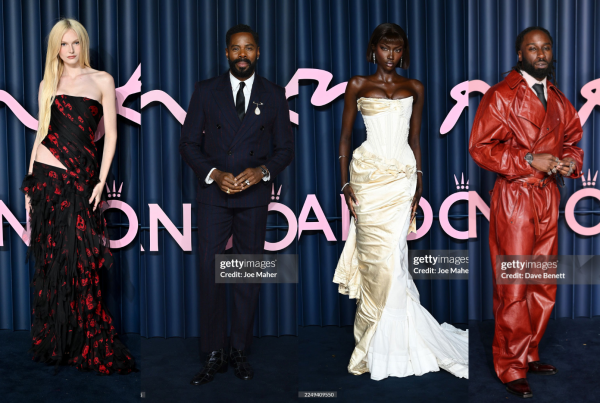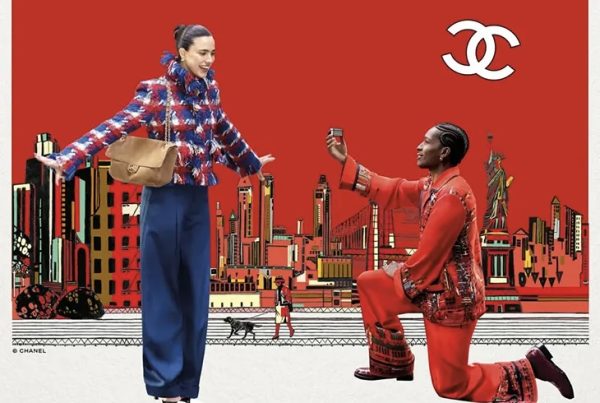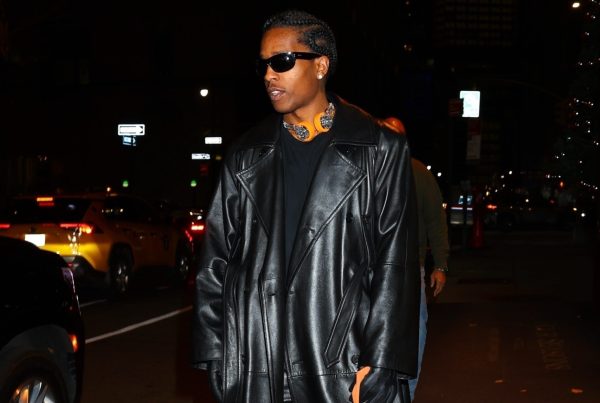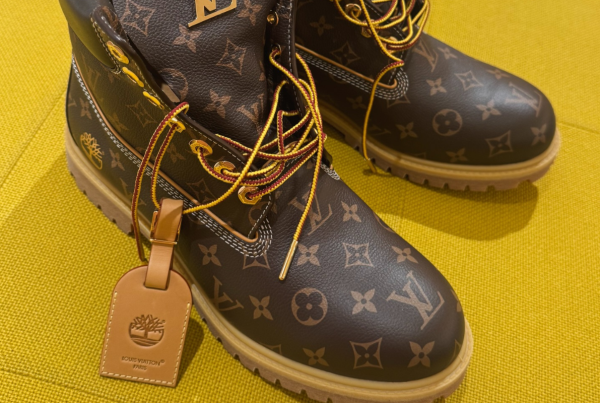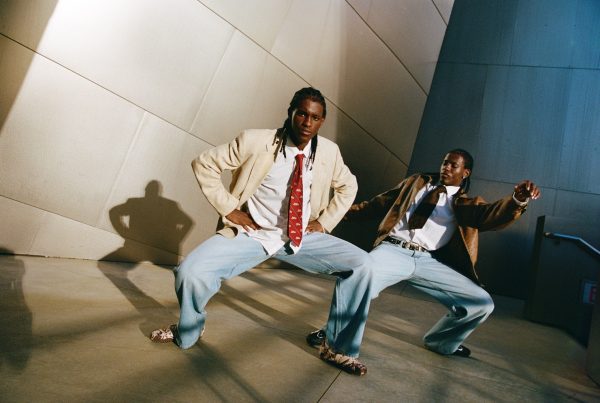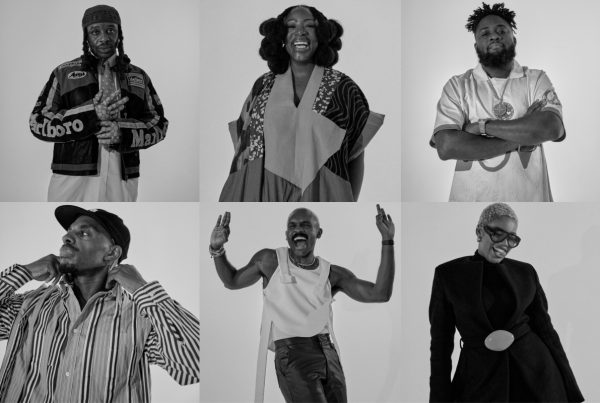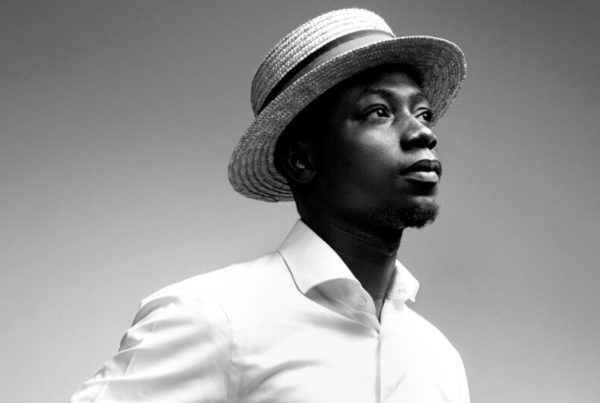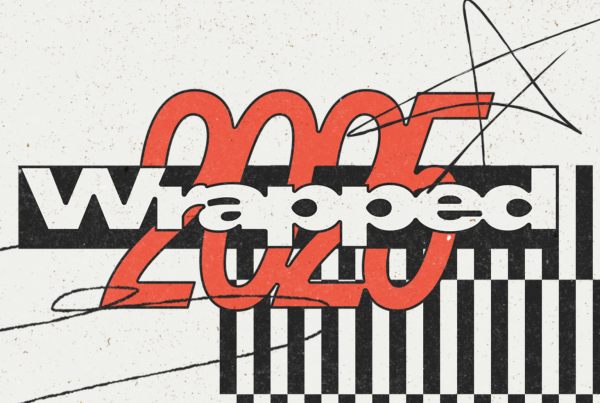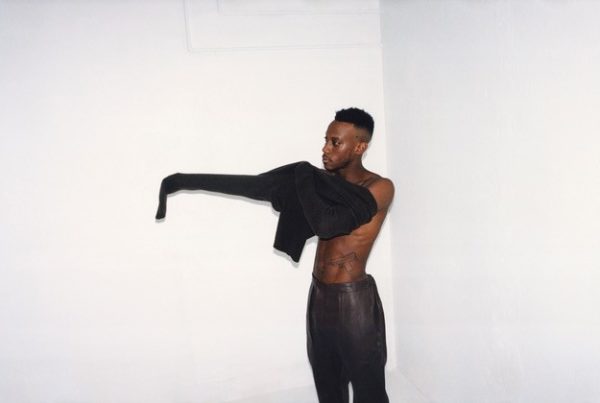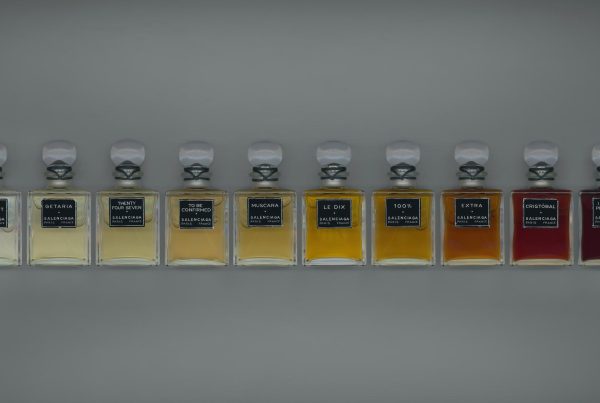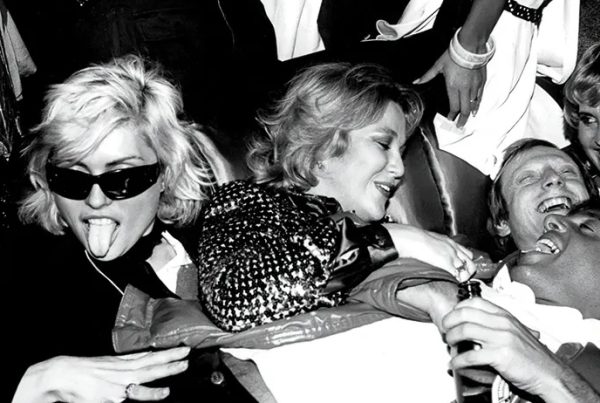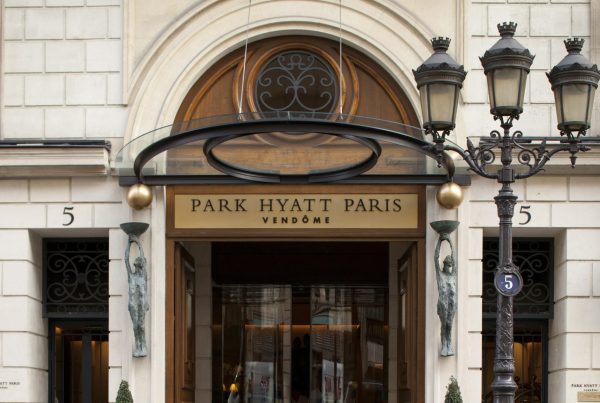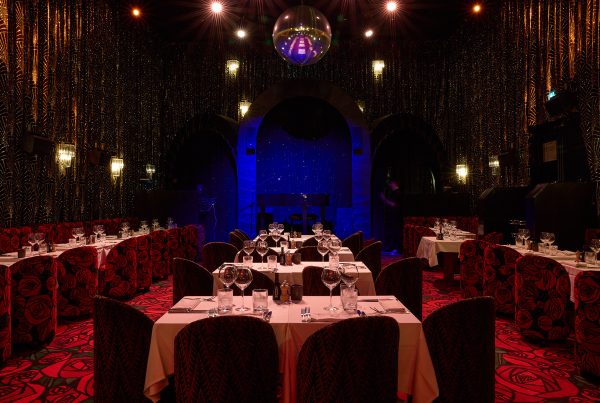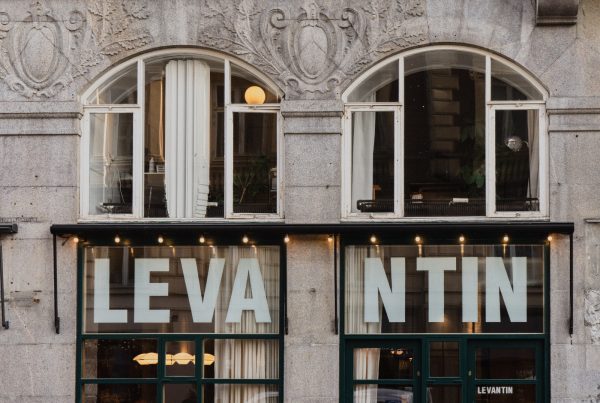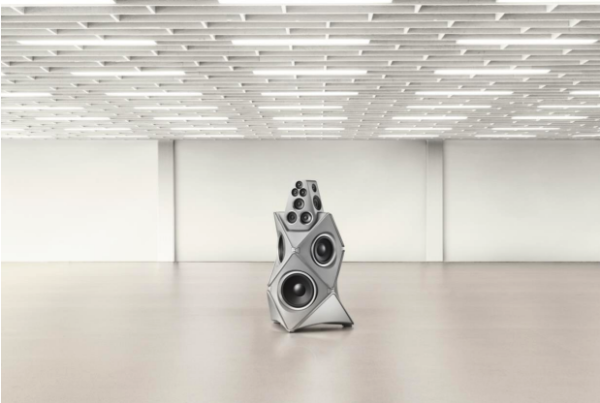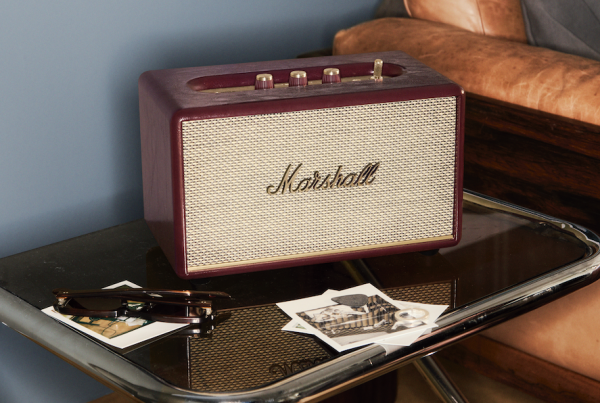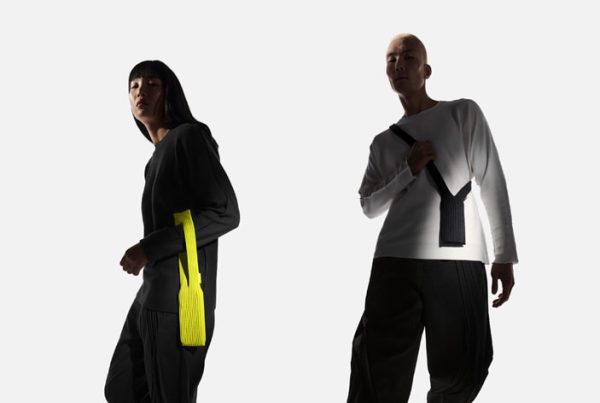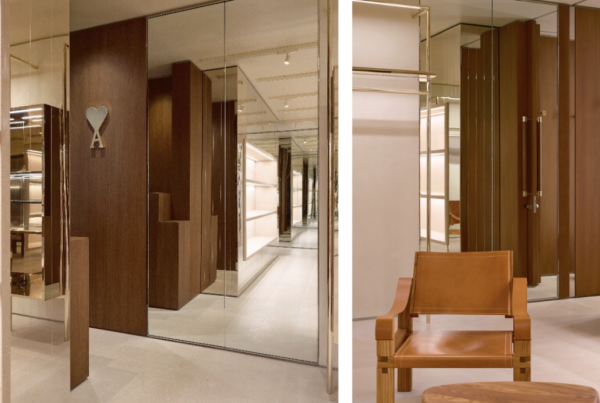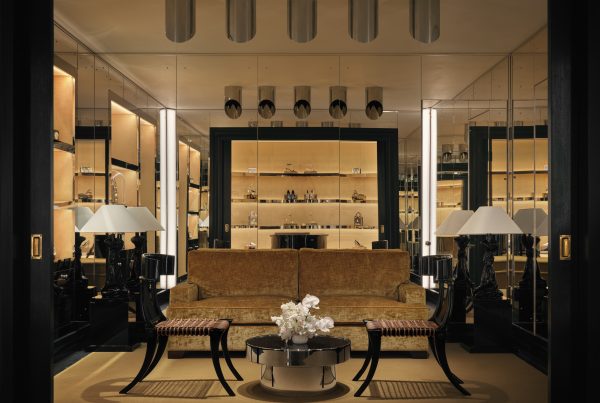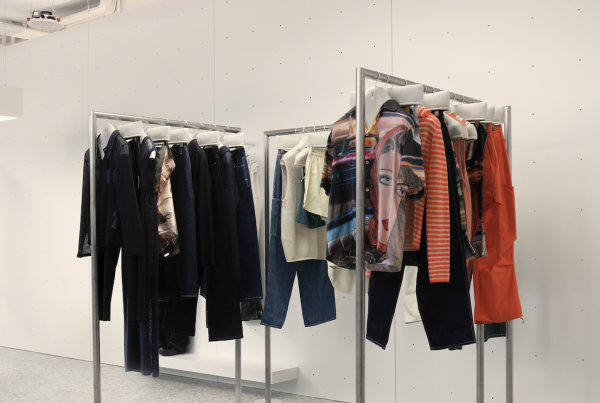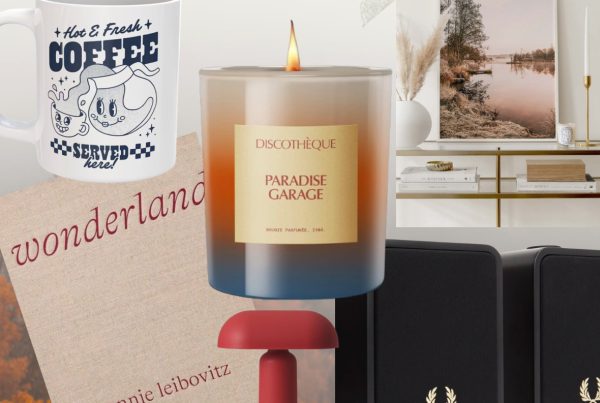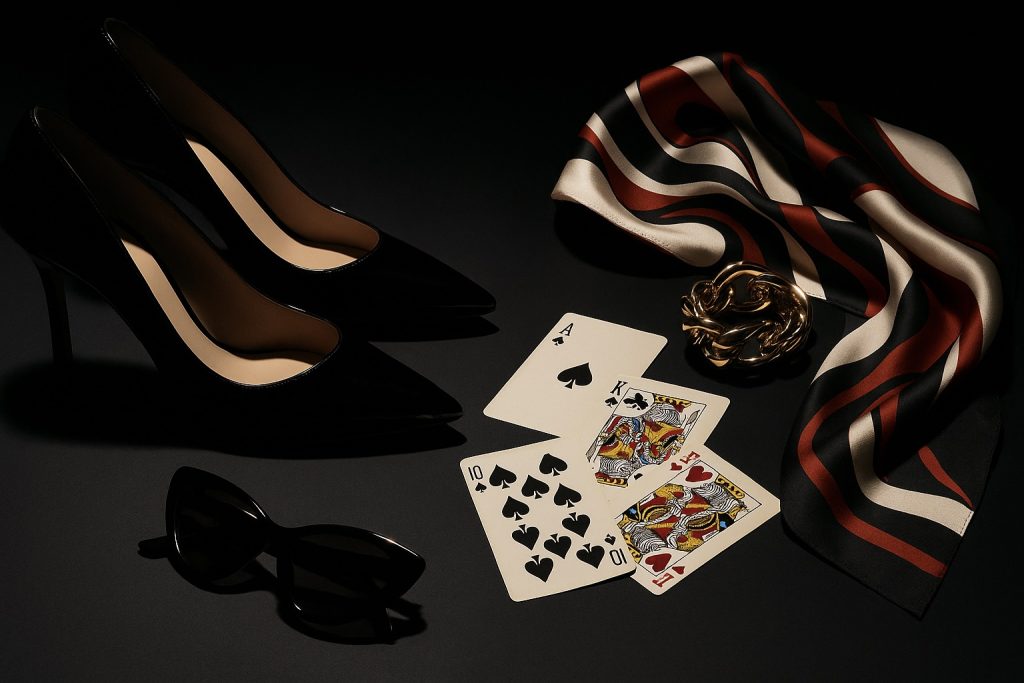 When hairstylist James Pecis tucked playing cards into models’ hair at New York Fashion Week in 2017, the trick felt whimsical yet deliberate. Centuries earlier, artisans in Flanders had painted full suits of kings, queens, and jacks onto parchment decks now preserved as rare treasures. From medieval courts to modern runways, cards have carried a weight that goes far beyond gaming tables. Designers return to playing-card imagery because risk and reward have always carried glamour, a logic not unlike non Gamstop UK casinos online, where players look for bigger bonuses, wider choice, and the thrill of options outside the standard offer. That same desire for spectacle and freedom has been pulling card games into fashion’s orbit for generations, making us feel rebellious and eccentric, either watching or dressing
When hairstylist James Pecis tucked playing cards into models’ hair at New York Fashion Week in 2017, the trick felt whimsical yet deliberate. Centuries earlier, artisans in Flanders had painted full suits of kings, queens, and jacks onto parchment decks now preserved as rare treasures. From medieval courts to modern runways, cards have carried a weight that goes far beyond gaming tables. Designers return to playing-card imagery because risk and reward have always carried glamour, a logic not unlike non Gamstop UK casinos online, where players look for bigger bonuses, wider choice, and the thrill of options outside the standard offer. That same desire for spectacle and freedom has been pulling card games into fashion’s orbit for generations, making us feel rebellious and eccentric, either watching or dressing
When Chanel Turned the Grand Palais into a Casino
One of the greatest examples of how fascination with cards and symbols of risk and hierarchy exploded in fashion came in 2015, when Karl Lagerfeld turned the Grand Palais into Chanel’s grand casino glamour show and staged couture as a live game of chance. Green baize tables stretched across the hall while the shuffle of decks set the tempo, so the event felt less like a runway and more like a high-stakes salon.
Celebrities, including Kristen Stewart, Julianne Moore, and Vanessa Paradis, took seats at the tables as active players, their movements stitched into the choreography of models drifting past in couture. The set dissolved boundaries between spectacle and reality and showed that Chanel could embody gambling culture not through surface motif but through atmosphere and tension. What happened in Paris proved that the theatre of cards could change a fashion show into an experience, opening the path for other designers to print those same symbols across fabric itself.
Dolce & Gabbana’s Playing-Card Prints for a Millennial Audience
Two years later, the spotlight turned to Milan, where Dolce & Gabbana used playing cards not as scenery but as bold decoration across clothing. At the spring/summer 2017 menswear show, the collection targeted millennial buyers, speaking through humour, vivid colour, and oversized graphic motifs that felt closer to streetwear than to couture theatre.
In that season, Dolce & Gabbana playing-cards clothes ranged from silk pajamas to raincoats and boxer shorts, all decorated with card-face designs. Later dresses carried hearts and courts across their fabric, extending the theme into womenswear and showing that the deck could adapt to multiple silhouettes. The move turned cards into a visual language for a younger audience and pointed toward how other luxury houses would soon start experimenting more freely with cards in objects as much as garments.
From Accessories to Collectibles: Cards in Luxury Branding
The boldness of card prints on fashion shows hinted at another path: if card games could be worn head to toe, they could just as easily be carried in the hand or laid on a table. Luxury houses quickly recognised that a deck itself could become a branded object, transforming casual play into a mark of status.
Louis Vuitton released a Poker Case that looked like a sleek attaché but opened to reveal chips and monogrammed decks. Prada introduced a Saffiano leather set with the same precision usually reserved for handbags. Gucci and Saint Laurent offered card packs housed in signature motifs, blurring the line between accessory and collectible. These pieces moved casino symbolism out of the runway spotlight and into daily rituals, proof that the fascination with cards had many surfaces still to play on.
The Gamble Fashion Loves to Play
The transition from printed garments to leather-bound decks shows how cards can settle into the language of everyday luxury. That quieter move did not erase spectacle; it only set the stage for designers who still wanted drama. Moschino and Jeremy Scott stepped into that space with Vegas fantasy, its neon lights and sequined showgirls pushing the same imagery that Vuitton enclosed in monogrammed cases. The contrast revealed a shared truth: whether discreet or flamboyant, the magnetism rests on chance, rarity, and the rush of winning. And fashion keeps returning to cards because no other symbol fuses risk and glamour with such certainty.




